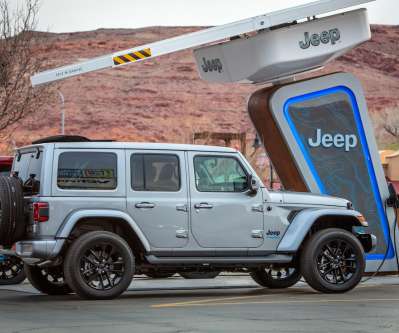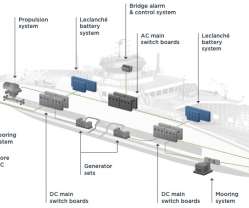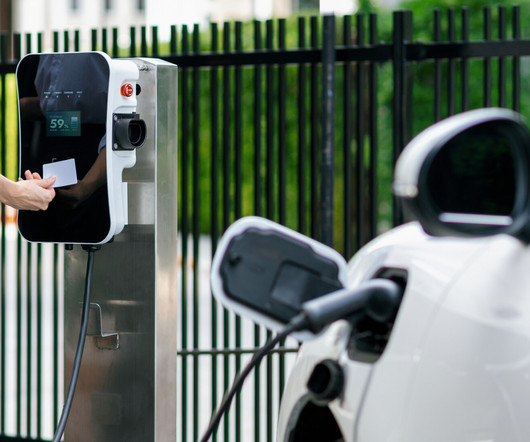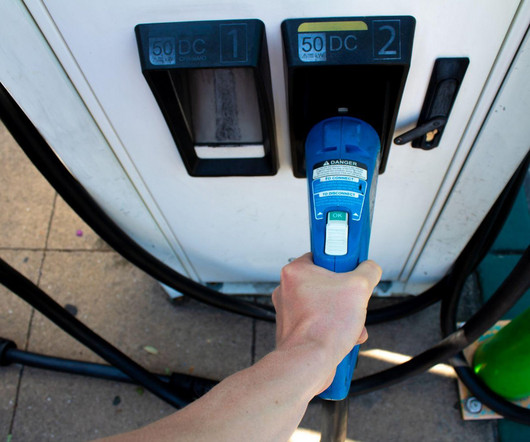Jeep partnering with Electrify America to install chargers at select trailheads
Green Car Congress
MARCH 27, 2021
Jeep is partnering with Electrify America to create the Jeep 4xe Charging Network. Jeep 4xe Charging Stations will be either directly connected to the power grid or use solar power to generate electricity. The Jeep 4xe Charging Network trailhead chargers will deliver Level 2 (240-volt) charging.















Let's personalize your content